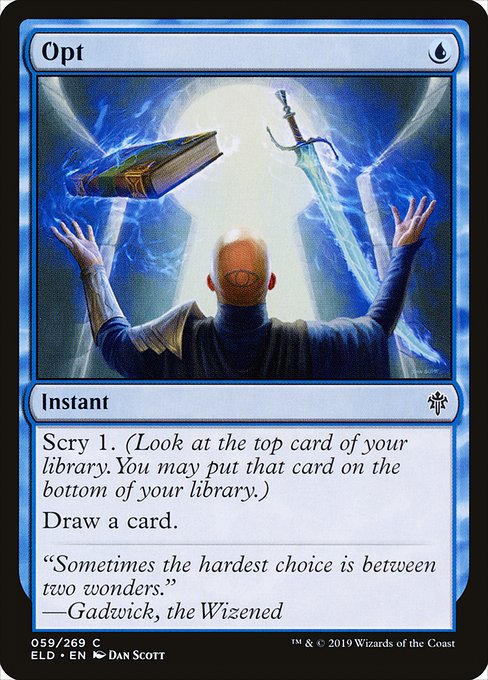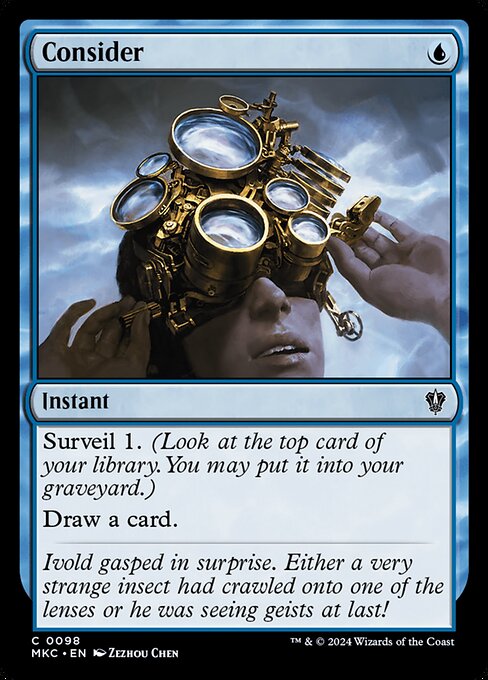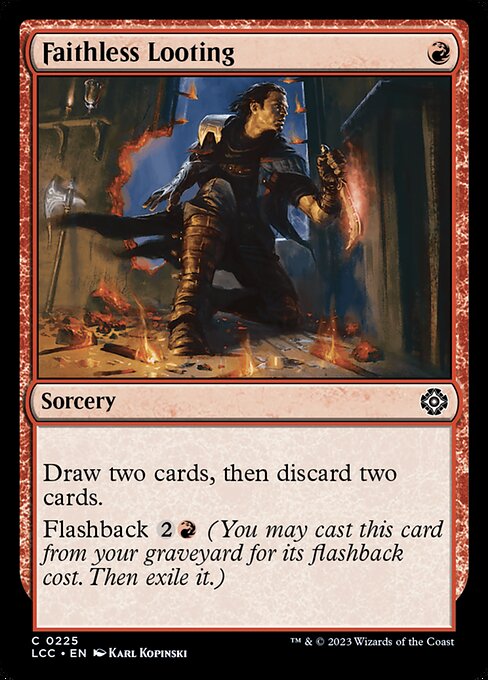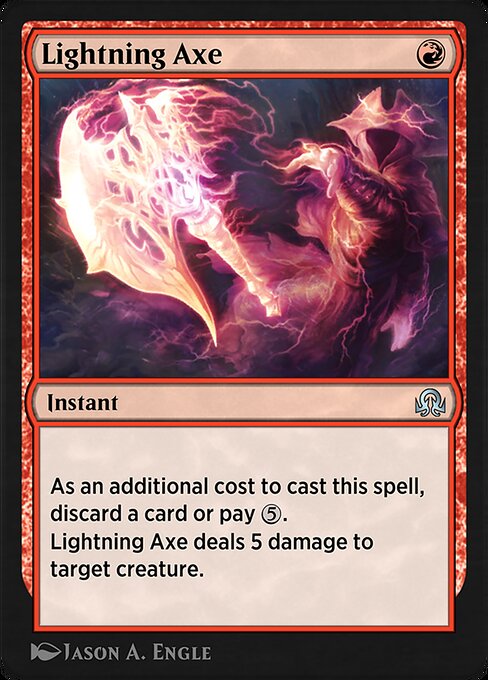Table of Contents
Izzet Phoenix is a popular Pioneer archetype that has a lot of fans and its strongest iteration is undoubtedly in Historic. With access to modern-banned Faithless Looting and pioneer-banned Expressive Iteration, this deck has the most powerful cards this archetype could wish for.
It’s a xerox style interactive strategy that wants to kill opposing creatures while recurring Arclight Phoenix. Thanks to card selection, it doesn’t flood often and has access to the tools it needs, especially post board. It doesn’t mind point removal since the threats get returned – it’s pretty difficult to keep up with it. It does have its weaknesses but in a creature fair metagame, this deck is really strong.
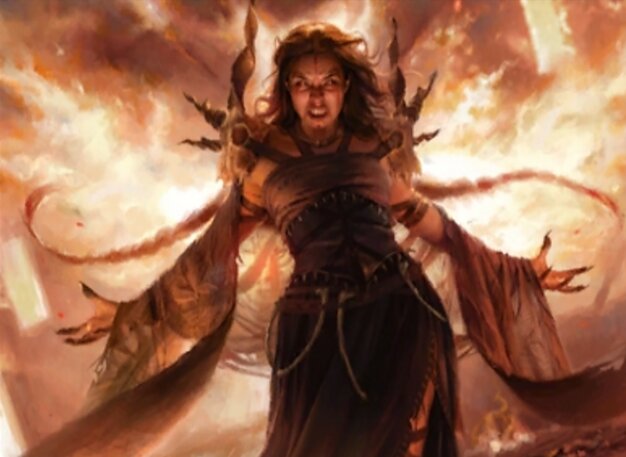


Creatures (14)
Instants (16)
Lands (19)
60 Cards
$256.68
Sideboard
15 Cards
$31.09
Deck Guide
Creatures
Let’s start with the namesake. Arclight Phoenix is a hasting 3/2 flyer that is difficult to block thanks to its evasion. The reason that makes it such a powerful build-around is the fact that it returns to the battlefield at the beginning of combat if you’ve cast three instants or sorceries. In a deck full of spells overall, it is trivially easy to meet the condition on the third turn.
While Phoenix has to be in the graveyard to start with, thanks to Faithless Looting, Consider, Lightning Axe, Dragon's Rage Channeler, and Ledger Shredder, it’s pretty easy to set it up.
It puts the opponent in a real squeeze when they want to kill the birds but they know full well they are coming back the next turn.
One of the best parts about it is that you can even cast three removal spells, decimating the opponent’s board presence *and* returning your own threats simultaneously.
The best one drop this deck could want. It synergises with the overall strategy very well. You want to cast numerous spells every single turn anyways and now each of those allows you to surveil 1. It both acts as card selection so you draw only what you need and a way to ditch Phoenixes directly from the library to the graveyard.
If that wasn’t enough (and it probably would!), it becomes a 3/1 flyer as soon as delirium threshold is met. With so many cards discarded and put into the graveyard, it is very easy to make it happen. Then, we can pressure the opponent from the earliest turns, not giving them breathing room when we’re setting up for Phoenixes.
Ledger Shredder has slotted beautifully into all the blue spell-slinging decks as soon as it was printed, from Modern Murktide through Pioneer Phoenix to…Historic Phoenix. It’s a solid blocker early in the game that grows very fast. Crucially, connive is triggered both when you or the opponent have cast two spells and on either player’s turn. In a hypothetical perfect scenario, you’d get to connive four times in a single turn cycle.
With so many cheap spells, you are almost guaranteed to trigger it every single turn, going through the cards and, hopefully, discarding Arclight Phoenixes.
In conjunction with Channeler, you get a nice team of flying threats that disregards any creatures on the ground.
Ox of Agonas is our incidental threat and card advantage hybrid. It will frequently be discarded to Looting or Ledger and wait in the graveyard for the most opportune moment to get it back. It sits there until you actually run out of cards and for two mana gives you a 5/3 body with Ancestral Recall attached.
Card Draw
Now let’s talk about the cards that are the backbone of the strategy and make spell-slinging possible.
The first of many cantrips in the deck. Opt is the worst of them all but it’s still fine. It meets the key conditions of being a single mana and drawing a card. Scry 1 is worse than Surveil 1 since the card you don’t have card manipulation in relation to the graveyard but it still smoothes out the draw.
We’re going up in terms of cantrip power. Consider is better due to the reason mentioned above, namely Surveil > Scry.
They have the same amount of filtration, cost, speed, but Consider might provide virtual card advantage by ditching Faithless Looting that can be flashed back, Ox of Agonas for a later return, or Arclight Phoenix.
One of the best filtration spells ever printed. Card-wise, you spend a card to draw 2 and discard 2, so technically you end up in a situation where you generated card disadvantage. However, you can use it to find the perfect scenario where it provides the most value. If you discard double Phoenix, you won’t care that you’re down a card.
This is also why I like casting Looting last in my cantrip chain since I want the opportunity to find and discard Phoenixes when I’ve gone the deepest into the deck.
A card that needs no introduction. Expressive Iteration provides pure card advantage which is great when you’re down a card after Looting or you’re playing a grindy postboard game where you’ve assumed a control role.
While it is typically played on turn three to hit a land drop and get another card, I like waiting with my Iterations as long as possible to get two best cards out of it.
If the matchup is very fast though, don’t feel bad about discarding it. Sometimes you cannot afford to spin your wheels for too long.
Removal
This deck has a ton of removal which is one of the reasons why it wants to play against creatures. Let’s see what the interaction suite is comprised of.
The hardest hitting removal. 5 damage is enough to take down almost any threat in the format, including Sheoldred, the Apocalypse and big Ledger Shredders. Knowing that you can kill any threat for a single mana instant speed in a pinch is huge.
While discarding a card is a downside normally, in this deck it can act as a setup when you discard Arclight Phoenix to it. Navigating the game to a spot where Axe’s downside becomes an upside is a core skill in this deck.
Early game Shock that soon becomes instant speed Strangle. Decent at picking off early creatures.
While it might be surprising that there are 3 copies of Strangle before there is a full playset of Fiery Impulse, let me explain.
First, killing off Planeswalkers is relevant. Strangle does it, Impulse doesn’t.
On top of that, Strangle is agnostic to the state of your graveyard. It might come up game 1 but it will be mostly relevant in post-board games.
Last but not least, with delirium cards in the deck, you want a good spread of card types. That’s why being a sorcery specifically matters as well.
All in all it’s a good card for multiple reasons and I’ve liked 3 copies.
Best of One



Creatures (11)
Instants (18)
Lands (19)
60 Cards
$223.24
While Phoenix is a great option in Bo3, I do think it’s pretty middling in Bo1. Phoenix is great as it can constantly exert pressure and interact, but most of the Bo1 decks are so efficient that this game plan isn’t nearly as effective. It’s definitely not bad, but not what I would generally recommend.
Budget



Instants (18)
60 Cards
$99.6
Normally I wouldn’t say Phoenix is the most rare intensive deck, but it still may be tough for some people to swing. While there’s no direct analog to budget as Arclight Phoenix is too pivotal to the strategy, one cast still play it in a relatively rare-light version. As it’s usually the case, lands are the main target for the budgetification.
Matchups and Sideboard Guide

Vs. Rakdos / Jund Midrange
| IN | OUT |
|---|---|
| +2 Crackling Drake | -2 Fiery Impulse |
| +2 Narset, Parter of Veils | -2 Ox of Agonas |
I side in more threats to circumvent graveyard reliance since I don’t want to be stomped by singular cards. The plan is similar but the execution changes. You have to navigate through their disruption and going as fast as possible might not be the way about it.
You want threat heavy draws to make them have to have an answer. As far as Phoenixes are concerned, I want to discard them only on the same turn that I will be returning them, if possible.
Vs Izzet Wizards
| IN | OUT |
|---|---|
| +2 Abrade | -4 A-Dragon's Rage Channeler |
| +3 Brotherhood's End | -1 Ox of Agonas |
The Wizards matchup is relatively simple – play as the Control deck. You should be using your draw spells to dig towards removal, and as often as possible, keep their board completely clean. Wizards will have an extremely hard time winning in the face of a bunch of removal spells, so once you clear the board, you can easily find a way to kill them afterwards.
In a similar vein, don’t be afraid to hold back Arclight Phoenix as a blocker when they have a creature on board. Them devoting resources to killing it when you can get it back for free will make their life that much harder as well.
Ledger Shredder is one of your best cards as it’ll grow out of range of Burn relatively quickly, but is susceptible the turn it comes down. As much as you can, try not to play it out without casting another spell after it, however, if it’s turn two, you’re on the play, and they didn’t play a one drop, the odds of it living are decently high from there.
Vs Artifact Aggro
| IN | OUT |
|---|---|
| +2 Abrade | -4 A-Dragon's Rage Channeler |
| +3 Brotherhood's End | -1 Ox of Agonas |
Similar matchup to Izzet Wizards and similar deal here. You still want to function like the Control deck as they are much faster than you, and
Vs Goblins
| IN | OUT |
|---|---|
| +2 Crackling Drake | -2 Ox of Agonas |
| +2 Abrade | -3 Opt |
| +3 Brotherhood's End | -2 Expressive Iteration |
Goblins is a weird matchup as, on one hand, you need to take apart their board so they don’t cascade advantages, but on the other hand, they’re so grindy that this isn’t a tenable game plan throughout the whole course of the game. Awkward, huh? So the way the matchup generally works is that the first few turns you’re looking to control the board and sculpt your hand, and then once you have an opening, you need to try and close the game out as fast as possible. Since they have literally no way to interact with fliers, once you have some Fliers deployed, you have a good idea of what your clock is going to look like.
Try not to keep hands without a blisteringly fast Phoenix draw or a lot of interaction. If you try to keep a hand of lands, cantrips, and some random spells, that may not be good enough, so you may want to mulligan more aggressively than you think you’d might have.
Vs. Mirror
| IN | OUT |
|---|---|
| +2 Narset, Parter of Veils | -2 Fiery Impulse |
| +2 Crackling Drake | -2 Strangle |
| +2 Unlicensed Hearse | -2 Opt |
In the mirror, I want to have more card advantage and disrupt them. Most creatures are either recursive or, like Ledger Shredder, are tough to kill. Lightning Axe is an excellent catch-all so I keep it in. I’d rather keep interactive, card advantage-y hands than fast Phoenixes.
Tips and Tricks

- Above all else, this is a very difficult deck to pilot so give yourself ample time to learn the lines of it. It requires an extremely heavy use of game plans to pilot correctly. If you’re not sure what I mean by game plans, read this article.
- Unless you know you specifically need spells to recur Phoenix quickly, I like using my Consider and Opt pretty liberally to help sculpt my hand. That said, I tend to be very conservative on when I use my Faithless Looting unless it’s to recur a Phoenix or I desperately need a particular card.
- I’m very aggressive with stocking the graveyard with A-Dragon's Rage Channeler. Unless you definitely need the top card, I tend to put it in the graveyard. This applies doubly to lands as getting a land in yard will help you hit delirium much faster.
- In the beginning I was more liberal with keeping lands off my draw spells, but as I’ve gotten more experience, I’ve learned that you have so much draw power you can generally find the lands you need in a reasonable time frame. That isn’t to say you should miss an early land drop over keeping a spell, but you may not need to procure land number four if it’s only your first few turns.
- One of the harder decisions to make is when to take a cantrip off of a cantrip (you Consider and see an Opt on top). When approaching this decision, the major thing I consider is what does that draw spell afford me. If I have a A-Dragon's Rage Channeler, trying to recur a Phoenix, a Ledger Shredder that can be played/buffed, a Crackling Drake that can use more power, or I have time to sculpt my hand a bit more, you can keep it.
This may seem like a lot of scenarios to keep, but realistically, I tend to not want the additional cantrip and just dig deeper in my deck. A big mistake I made when I picked up the deck was spinning my wheels too much as I figured the deck is all about card selection so it’s rarely bad to cast them. However, once you’re in the mid game, you really need to start applying pressure or the opponent is very likely to. In the early stages or late stages of the game, cantripping into cantrips can be a lot better.
- Although getting Arclight Phoenix back from you graveyard for free is the ideal, never underestimate the power of just casting it normally. This applies mostly when you rather use Expressive Iteration on turn 3 rather than chain a lot of spells to get back Phoenix or against Control specifically.
- If you’re really behind on board, the best course of action is generally digging towards a lot of free Arclight Phoenix or a big Crackling Drake. These can save you in spots that nothing else can.
- Be mindful of delirium when recurring Phoenix, you may lose it if they’re the only creature(s) in your graveyard.
- I much rather hard cast an Ox of Agonas then put it in the graveyard and try to recur it later.
- Be mindful of your land drops and what colors you need. It’s very easy to accidentally color screw yourself even with a lot of lands out.
- Learn when to play fast and when to play slow. Recurring Phoenix ASAP is always enticing, but sometimes sculpting your hand early and/or trying to get back multiple Phoenix could be the better line. Think in terms of proactivity. If your opponent is doing something, you probably have to as well. If the opponent is sculpting, you can afford to do so as well. If they have nothing going on, then do what makes the most sense with your hand.
Premium >
Enjoy our content? Wish to support our work? Join our Premium community, get access to exclusive content, remove all advertisements, and more!
- No ads: Browse the entire website ad-free, both display and video.
- Exclusive Content: Instant access to all exclusive articles only for Premium members, at your fingertips.
- Support: All your contributions get directly reinvested into the website to increase your viewing experience!
- Discord: Join our Discord server, claim your Premium role and gain access to exclusive channels where you can learn in real time!
- Special offer: For a limited time, use coupon code L95WR9JOWV to get 50% off the Annual plan!





























